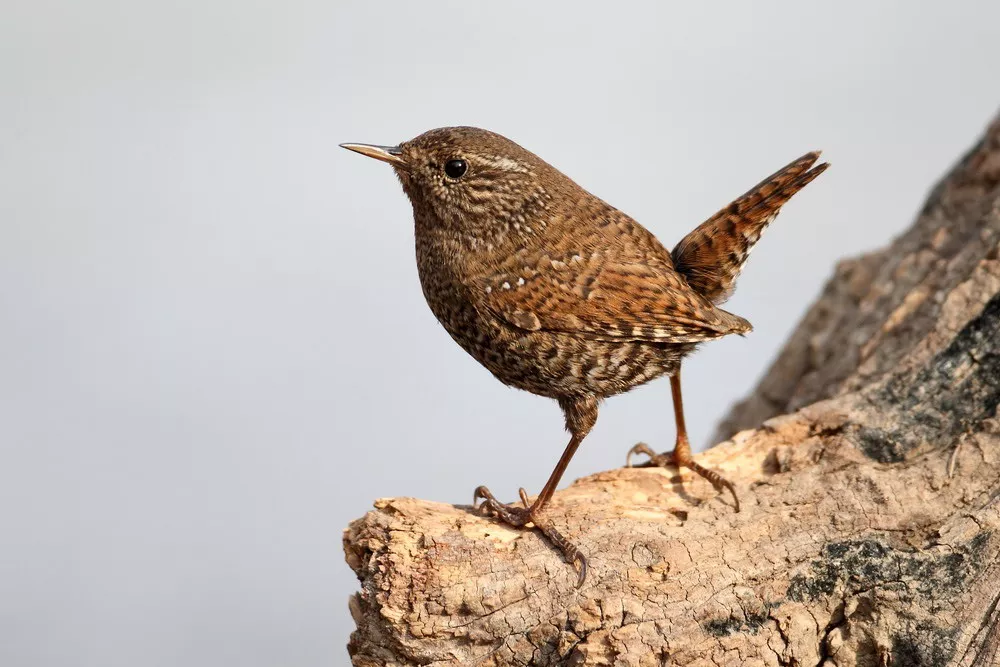Wrens are a family of small, songbird species found throughout the world. They are known for their beautiful songs, acrobatic movements, and unique nest-building abilities. In this article, we will discuss what a wren’s nest looks like, how it is constructed, and where it is typically found.
Appearance of Wren Nests:
Wren nests are small and compact, typically measuring around 4-5 inches in diameter. The nests are spherical or oval in shape, with a small entrance hole near the top. The exterior of the nest is made up of a variety of materials, including twigs, leaves, and grass, which are woven together to create a sturdy structure.
Interior of Wren Nests:
The interior of a wren’s nest is lined with soft materials such as feathers, fur, or moss. The lining provides insulation for the eggs and chicks, helping to regulate the temperature and keep them warm. The lining also serves as a soft and comfortable surface for the chicks to rest on.
Construction of Wren Nests:
Wrens are known for their unique nest-building abilities. The male wren will build several nests in different locations, and the female will choose one to lay her eggs in. The male builds the nests by weaving together twigs, grasses, and leaves to form a cup-shaped structure. The nests are often built in tree cavities, shrubs, or other concealed locations, such as inside an old boot or in a birdhouse.
Wren nests are also known for their architectural complexity. The nests often have a domed roof, which helps to protect the eggs and chicks from the elements and predators. The entrance hole is typically located on the side of the nest, which provides additional protection from predators.
Where to Find Wren Nests:
Wrens can be found in a variety of habitats, including forests, woodlands, and gardens. They prefer to build their nests in concealed locations, such as shrubs or trees with dense foliage. They may also build their nests in man-made structures, such as birdhouses or eaves of houses.
Conclusion:
Wren nests are small and compact, with a spherical or oval shape and a small entrance hole near the top. The exterior of the nest is made up of twigs, leaves, and grass, while the interior is lined with soft materials such as feathers, fur, or moss. Wren nests are typically built in concealed locations, such as shrubs or trees with dense foliage, or in man-made structures such as birdhouses or eaves of houses. Wrens are known for their unique nest-building abilities, and their nests are a testament to their architectural complexity and ingenuity.
Related Topics:
- What does a Wren look like?
- What size hole for a Wren house?
- How long do Wrens live?
- Is the wren the smallest british bird?


 Facebook
Facebook  Instagram
Instagram  Youtube
Youtube 